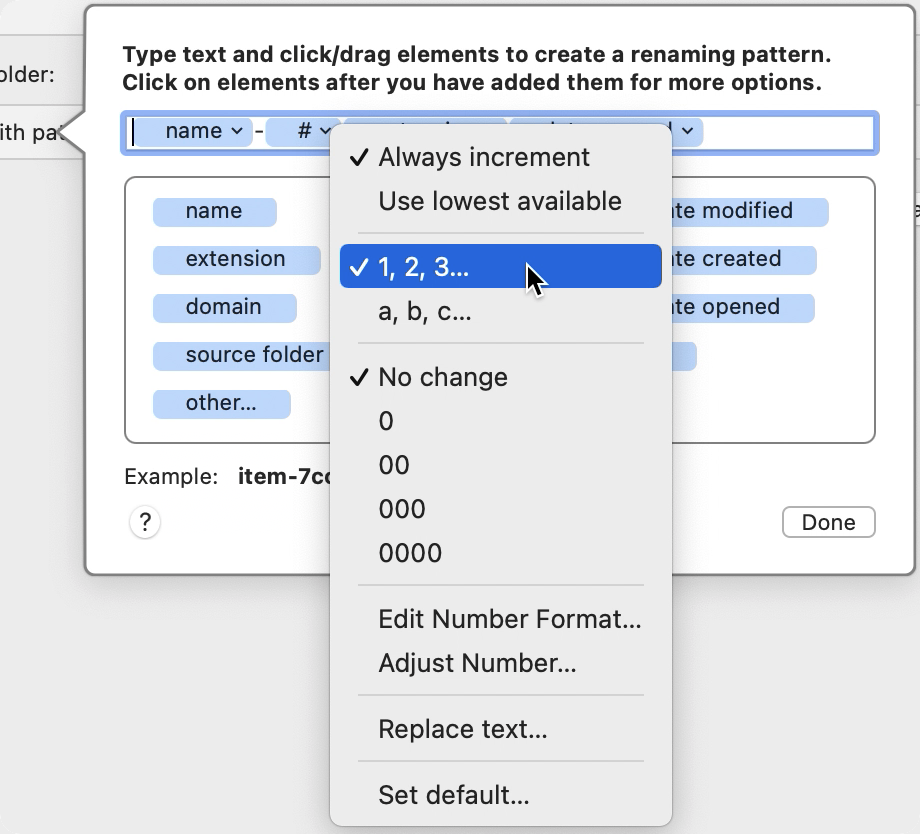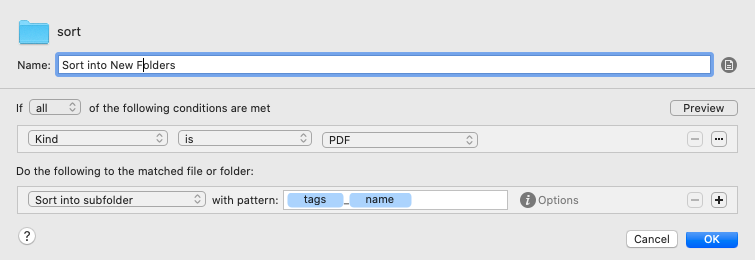

2 DivXĭeveloped by DivX, LLC this is another format that is known for its compression capabilities. Flexibility is another reason that makes this format popular and widely in use. Moreover, the format is also suitable for Blu-ray disc playback as it offers high quality at high bitrate files. This is a versatile format that is compatible with a number of players and devices. 1 H.264Īlso known as MPEG-4 Part 10, Advanced Video Coding ( MPEG-4 AVC) H.264 is one of the best video compression formats as it is capable of offering high-quality files at lower bit rates. Know about the top 5 formats that are used commonly for video compression. Some of these formats use techniques and algorithm that results in file compression while maintaining high quality. Selecting the right compressed video depends on your requirements as there are a number of these formats available. Selecting the right compression format depends on your file requirements and playback device. There are a number of video formats that facilitate compression while maintaining the file quality and each of these uses different algorithms for file compression. In the simplest terms, a good compressed video can be termed as a video file that is encoded and compressed using a technique where the file size is reduced without losing its original quality.

About Compressed Video Format What is A Good Compressed Video? Good luck, and say goodbye (and good riddance) to iPhoto forever.Part 1. In fact, the only real work is going through your last few years’ worth of photos to choose which ones you want.
#HAZEL NOODLESOFT HOW TO COMPRESS FILES UPDATE#
This will update all of your collections and they’ll be picked up by iTunes next time you sync. The only thing you need to do (apart from tagging your photos so they show up in Smart Collections) is to hit “Publish” once in a while when using Lightroom. The beauty of this setup is that once it has been, uh, set up, it almost takes care of itself. You can add some metadata, or auto-develop settings if you like. Go to File>Auto Import>Auto Import Settings…, click “Enable Auto Import” and tell it which folder to watch (wherever you told Hazel to copy the images).

Here we’re simply switching on Auto Import and telling Lightroom which folder to look in.

Once that’s set up, wait for Hazel to do its stuff and head back to Lightroom. Adjust according to taste, including a rule for your iPhone if you’re using one. You’ll notice that I picked only images which have the metadata tag “Device Model: iPad.” This picks only photos that were actually taken with the iPad, and filters out any screenshots, saved images or other crap you don’t want in Lightroom. You’ll need to add two rules: one to copy ( not move) the pictures, and one to run the rule on the subfolders in the “sub” folder. You can also use Finder Folder Actions, but I find I can never make them work reliably. I use Hazel, Noodlesoft’s excellent file-finagling utility. You need to find a way to copy the images from here to Lightroom. Users/~/Library/Application Support/iLifeAssetManagement/assets/sub/ The Photo Stream pictures are stored inside this folder: But as long as you have iPhoto installed, and you have switched on Photo Stream in the iCloud PrefPane, then you can at least pull the pictures into Lightroom. Right now, two-way sync between Lightroom and your iPad looks impossible (if you know of a trick, please e-mail me - address below in my profile). But what about Photo Stream, you ask? Well, that’s the subject of today’s bonus section: iCloud Some of these can be worked around with tags and smart folders, and others you may just have to do without. Good news for GPS-tagged photos, though: these show up automatically in your iDevice’s “Places” section. There is no auto face recognition, for example, nor are your events synced. The photo sharing is tightly integrated between your iPad and iPhoto on the Mac, and provides some nice extras you won’t get with this method. Yes, it means you use up a little extra storage space on your Mac, but it pays off in convenience. Also, if you own more than one device, you don’t need to do any extra work - iTunes will create separate folders of optimized images for each one. Based on previous experiments, I have found that iTunes will usually resize a bunch of your images anyway, even if you tried to do it yourself first. The advantage of exporting full-sized JPGs from Lightroom is that iTunes already knows how to resize them for each device. Go make a refreshing beverage as this may take some time. You can also choose to only sync certain folders from within the root folder, but what’s the point? You can manage all that back in Lightroom.Ĭlick sync and you’re done.


 0 kommentar(er)
0 kommentar(er)
